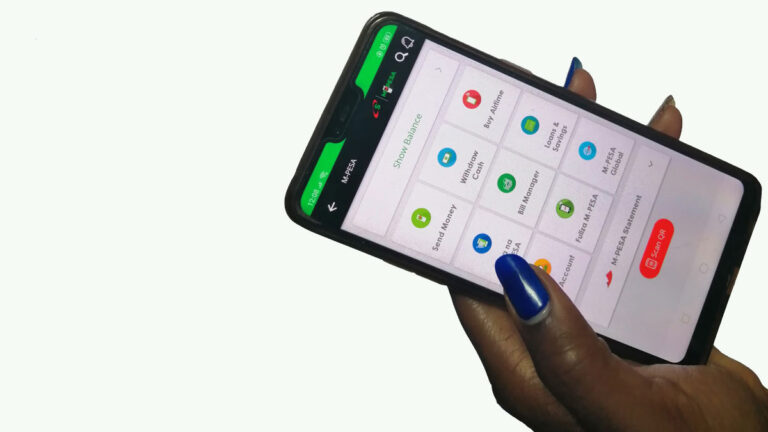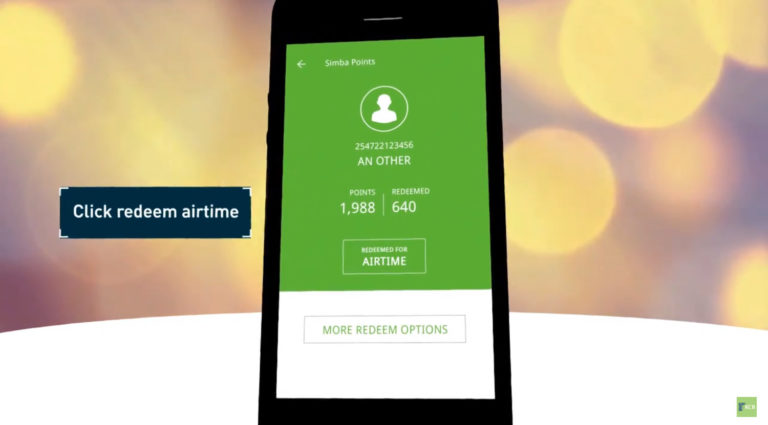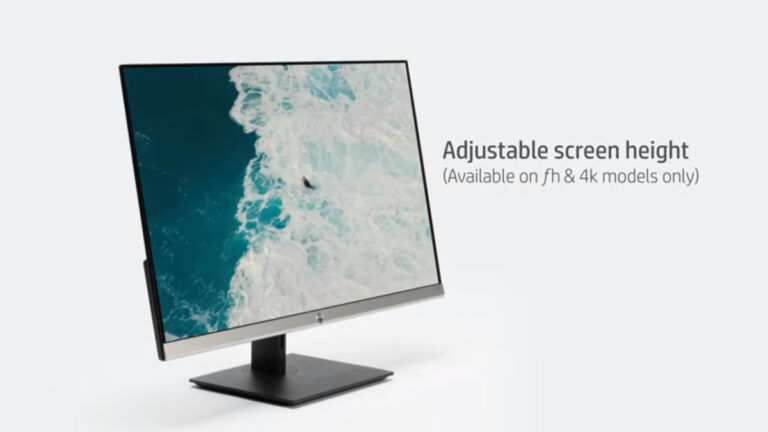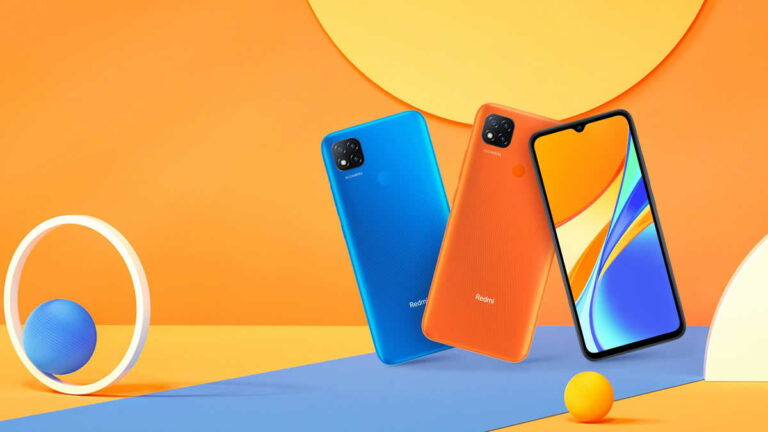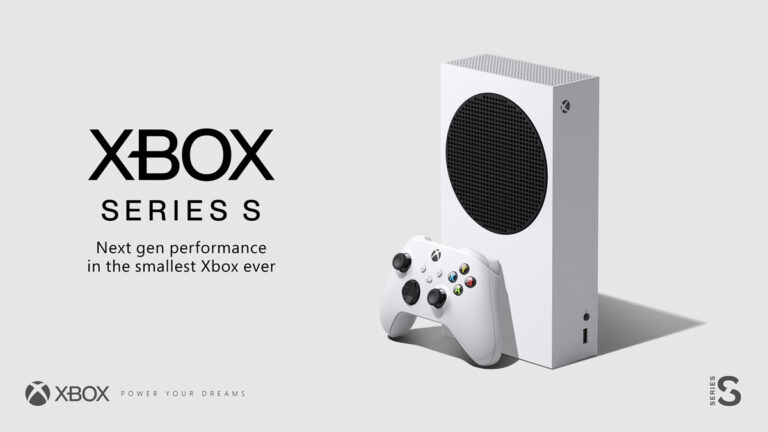The Kenya Revenue Authority has officially unveiled its M-service app aimed at making it easier for Kenyans to access various taxpayer services from the authority. Taxpayers are now able to access vital services such as filing of returns, payment of taxes as well as taxpayer registration and verification right on their mobile devices.
Kenyans have in the past faced a number of issues when accessing these services which had led to many failing to file their tax returns on time thereby incurring a lot of expenses in penalties. Payment for various taxes has also been a major problem and the current circumstances don’t help either, Kenyans had mostly resorted to visiting KRA offices to iron out these issues which were often over crowded due to increased demand of services especially towards the end of financial year.
Speaking to the media, KRA noted in a statement that the app was supposed to make it easier for Kenyans seeking to make tax transactions as well as compliance. The app dubbed KRA M-Service will equally reduce costs as taxpayers will not have to go through intermediaries as was the case before.
On top of the expected benefits, by using KRA M-Service, the authority is expected to have a wider reach to taxpayer’s and consequently increase its revenue collection which had been severely impacted by current circumstances.
Services available through KRA M-Service app
- Registration, verification, paying and filing tax returns for monthly rental income
- Registration for a Personal Identification number, doing various check on their KRA PIN numbers such requesting for a Tax Compliance certificate and confirming identity of KRA staff
- Filing of tax returns including nil returns, income tax resident and non-resident, value added tax and pay as you earn tax
The app is expected to be vital for members in the informal sector who cannot access a computer to do necessary activities related to their taxes.
How to access and use KRA M-Service app
- Head over to your respective app store; Google play for android and App Store for iPhones
- Then search for “KRA M-Service”
- Tap on download once located
- Register or login to start using the app



